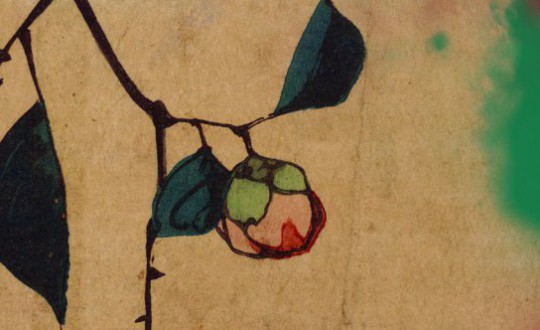We’re back this week with important news and exciting new developments from the world of literature. Our Editors-at-Large in Mexico and Tunisia share the latest prizes, events and details relating to writers based within these regions. Tune in for more global updates next week!
Sergio Sarano, Spanish Social Media Manager, reporting from Mexico:
Jorge Volpi, one of Mexico’s most well-known authors, has won the very prestigious Alfagura Novel Prize for 2018. Alfagura is one of the most renowned publishing houses in the Spanish-speaking world, and the prize has previously gone to writers such as Elena Poniatowska (also the recipient of a Cervantes Prize), Laura Restrepo, and Andrés Neuman. The award consists of the publication of the novel and a very hefty sum of money: US$175,000, making it one of the richest prizes for fiction in the world. Una novela criminal (A Criminal Novel) is a non-fiction novel in the vein of Truman Capote’s In Cold Blood; it takes up the notorious case of Israel Vallarta and Florence Cassez, a Mexican man and French woman accused of belonging to a kidnapping gang. The media eagerly covered the case, and it strained Mexican-French relations. Everyone in Mexico knows how the trial ended, but I’m sure the novel will be quickly translated into English—readers will be able to dig into this sordid story that weaves corruption, scandal, and diplomacy.
The Mexican literary community deeply mourned the death of Nicanor Parra, the Chilean antipoet. Numerous writers and poets voiced their debt to Parra and remembered his visits to Mexico in several media outlets. Honestly, very few Latin American writers can claim to have read his 1954 classic Poems and Antipoems and not wanting to become an antipoet. One of them was especially legendary: the time he went to Guadalajara to receive the first Juan Rulfo Prize (now called FIL Prize) back in 1991. There, Parra delivered his famous “Mai Mai Peñi” speech, in which he honored Juan Rulfo but at the same time ridiculed literary awards. One of its famous stanzas says: “The ideal speech / Is the one that doesn’t say a thing / Even though it seems like it says it all.” You can find “Mai Mai Peñi” and other classic mock-speeches in After-Dinner Declarations, translated by Dave Oliphant.













